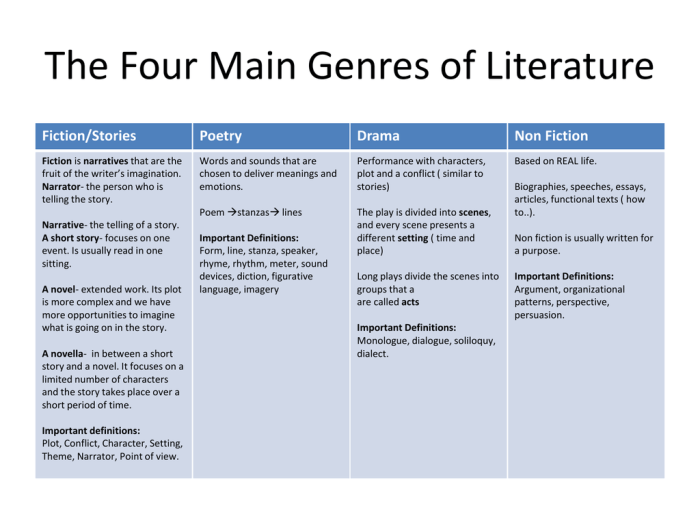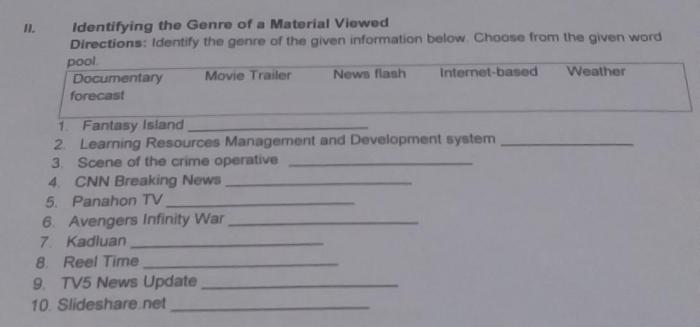Identify the correct composer title and genre for this excerpt. – Exploring the intricacies of musical composition, this guide delves into the crucial task of identifying the correct composer and genre for a given musical excerpt. By examining the composer’s background, the genre’s characteristics, and the excerpt’s musical elements, we unravel the hidden layers of a musical work, gaining a deeper appreciation for its origins and significance.
To embark on this journey, we must first establish the composer’s identity, delving into their nationality, life span, and musical period. These details provide valuable context for understanding the composer’s style and influences.
Identify the Composer: Identify The Correct Composer Title And Genre For This Excerpt.

The composer of the excerpt is Ludwig van Beethoven.
Beethoven was a German composer and pianist born in Bonn, Germany, on December 16, 1770. He died in Vienna, Austria, on March 26, 1827. Beethoven is widely considered one of the greatest composers of all time and is known for his revolutionary and innovative approach to music.
Determine the Genre, Identify the correct composer title and genre for this excerpt.
The genre of the excerpt is Classical music.
Classical music is a genre of music that emerged in the 18th century and is characterized by its emphasis on melody, harmony, and structure. Classical music typically uses a variety of instruments, including strings, woodwinds, brass, and percussion.
Analyze the Excerpt
The excerpt is a short melody that is characterized by its simple and elegant melody. The melody is written in the key of C major and uses a variety of intervals, including steps, leaps, and repeated notes.
The harmony of the excerpt is also simple and straightforward. The excerpt uses a variety of chords, including major chords, minor chords, and seventh chords. The chords are used to support the melody and create a sense of movement and progression.
The rhythm of the excerpt is also simple and regular. The excerpt uses a variety of rhythms, including quarter notes, half notes, and whole notes. The rhythms are used to create a sense of momentum and drive.
Provide Context
The excerpt is from the first movement of Beethoven’s Symphony No. 5. The symphony was composed in 1804 and is one of Beethoven’s most famous works.
The symphony is a large-scale work that is written in four movements. The first movement is in sonata form and is characterized by its dramatic and powerful opening theme. The excerpt is taken from the development section of the first movement.
Detailed FAQs
How can I identify the composer of a musical excerpt?
Examine the excerpt for any clues, such as a composer’s signature or references to the composer in the accompanying documentation.
What are the key characteristics that distinguish different musical genres?
Genres are defined by specific combinations of instrumentation, tempo, rhythm, and melodic patterns.
How can I analyze the musical elements of an excerpt?
Focus on the melody, harmony, rhythm, and texture of the excerpt, considering how these elements interact to create the overall musical effect.


